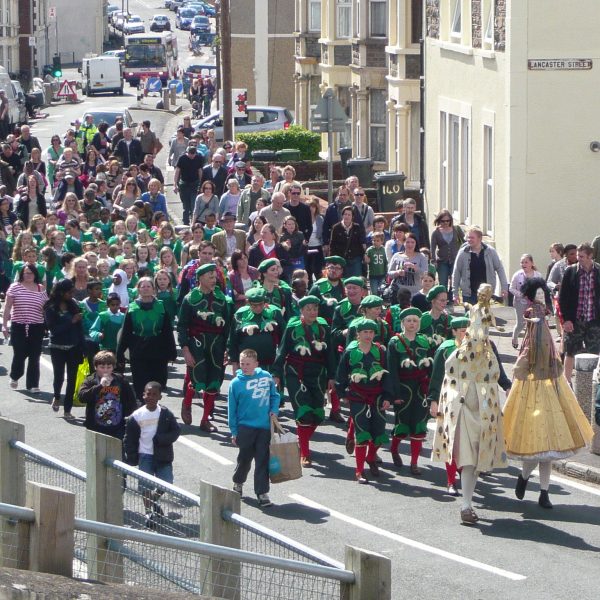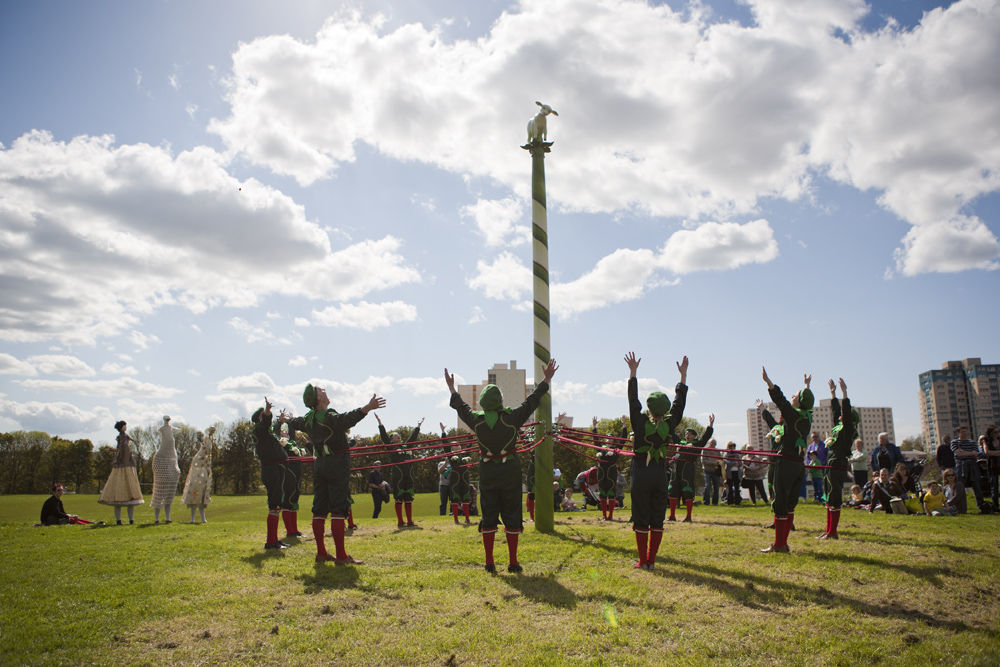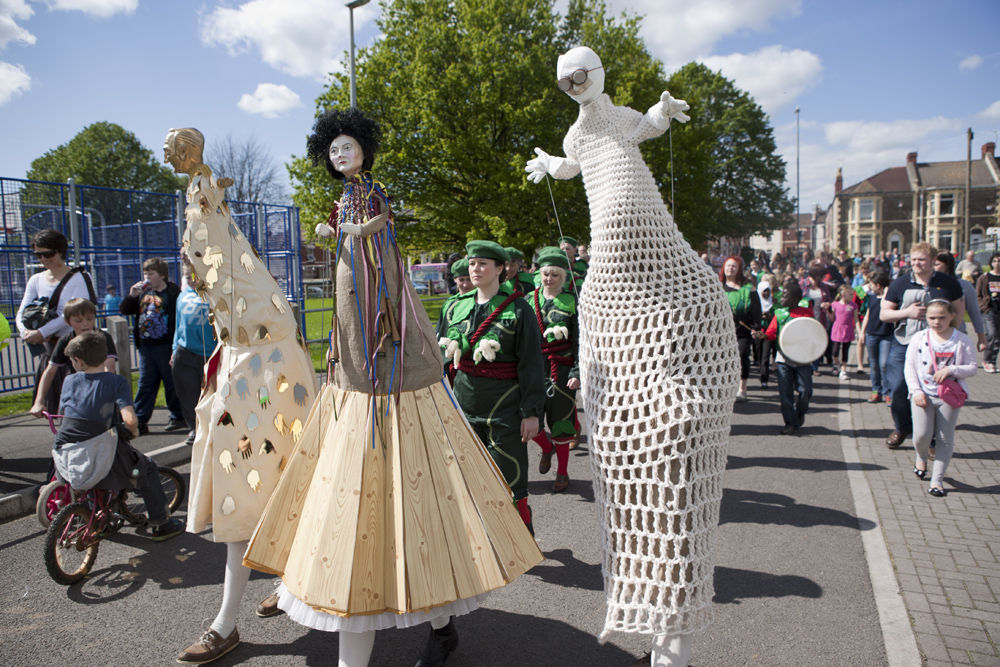
Synopsis
Artist Serena Korda was commissioned by Sovereign South & West to create a new artwork in response to the area of Barton Hill. The commission celebrated the rich industrial history of the area, in particular the Great Western Cotton Factory and the Netham Chemical Works.


“Storytelling is at the heart of my work, developed out of encounters, conversations and forgotten histories. Participation is crucial to how these works unfold, often exposing process and making."Serena Korda



Description
The Work as Movement Archive (W.A.M.A.) event took place on 12 May 2012, the culmination of a years preparation led by artist Serena Korda in Barton Hill. Commissioned by Sovereign Housing, Serena created an artwork, which draws on the history of the local area and creates a contemporary picture of working life through a live event and performance.
To create W.A.M.A., Serena worked in collaboration with the residents of Barton Hill to create an artwork that documents the area through people’s everyday working movements. Historically, Barton Hill was home to a variety of industries, stemming from the 19th century Great Western Cotton Mill and Netham Chemical Works to the present day. WAMA was inspired by Serena’s discovery of ‘meemoing’, a sign language developed by cotton mill workers so they could communicate in the noisy mills, and which is only documented anecdotally.
WAMA seeks to capture Barton Hill’s rich industrial heritage and reflects how people’s lives, movements and actions were influenced by the rise of machinery in production during the industrial revolution, creating a picture of Barton Hill through this invented dance. To create W.A.M.A., local people ‘donated’ movements they make in the course of their everyday work; these movements formed the basis of the choreography of this one-off live dance performance.
Serena has commented, “Storytelling is at the heart of my work, developed out of encounters, conversations and forgotten histories. Participation is crucial to how these works unfold, often exposing process and making. W.A.M.A. celebrates the everyday movements of work and labour in Barton Hill, many of which have now disappeared, whilst exploring the profound effect machines and technology have on our daily lives.”
Almost 200 people were directly involved in the development of the project along with three local primary schools and over thirty volunteers came together to perform the work. Links have been made between local organisations such as the Barton Hill History Group and the Wellspring Healthy Living Centre, and some of the city’s cultural organisations. The Work as Movement Archive will go on to form part of a permanent digital archive in Bristol’s MShed museum.
A publication documenting the event and intended as a guide to enable the performance to be replicated in the future will be published in September 2012.
Serena Korda
Serena Korda (born 1979), lives and works in London. Recent exhibitions include: “Dirt:The Filthy Reality of Everyday Life” Wellcome Collection, London, 2011; “Spaces for the Imagination” Turner Contemporary, Margate, 2011; “There’s a Strange Wind Blowing’, Tintype, London; “Decosa, Tradition Stockholm, keifer pin”, Camden Arts Centre London, 2010; “The Library of Secrets” New Art Gallery Walsall, 2009; Whitstable Biennale, Whitstable, 2008; The Answer Lies at the End of the Line, Stanmore Underground station, commissioned by Art on the Underground, 2008; Five Years Presents: FRENZY, The Metropole Galleries, Folkestone, 2006; Ceremony, Pump House Gallery, London, 2005.
For more information on W.A.M.A: The Work as Movement Archive please go to Field Art Projects at www.fieldartprojects.com
W.A.M.A. from Paul Gilbert on Vimeo.


